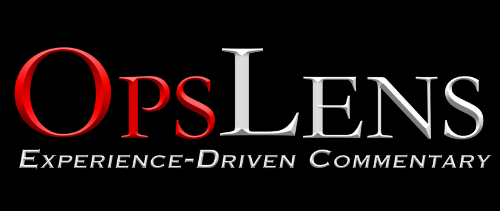The Air Force reported this week that its Self-protect High Energy Laser Demonstrator (SHIELD) could be tested on F-15s as early as 2021 and later mounted on F-16s and F-35 fighters. This is a credible new technology that with refinement and placement on fighters could increase their survivability in combat.
Currently lasers require a good deal of power to maintain a steady and effective beam over long distances. As Americans have known since the Gulf War, and the Russians found out in Syria, lasers can lose effectiveness in hazy atmospheric conditions created by sandstorms, smoke, or heavy wind that kicks up dust. They may require cooling and they usually require large power sources. It is advances with the latter two factors (cooling and power) that allow the technology to be miniaturized and mounted on planes.
Even then, the technology still has limitations. The effective range of these laser weapons is relatively short. It can only engage one target —most likely a missile— at a time. And it must sustain the laser on the target for a certain amount of time in order to damage, destroy, or confuse its sensors. But it would have unlimited ammunition and it could be used as a non-lethal or in a low-collateral way.
So it still has a long way to go before it enters even the testing phase, and it would have limitations once fielded. Yet it has the potential to mitigate one of the biggest threats that America faces which makes it incredibly promising despite its limitations. Potential adversaries like China and Russia are fielding missiles that are faster, harder to track and intercept, and whose launch rate could overwhelm American defenses. But new technology provides upgrades that will provide an additional layer of anti-missile defense.
This would force enemy defenses to expend more missiles in order to destroy both stealth and non-stealth fighters. Stealth bombers currently rely on their furtiveness, but this would add a defensive weapon system. And even slow- moving transports and electronic warfare planes could benefit and be tougher to kill. For example, the F-35s are notorious gas hogs that make the fleet of air-refueling ships particularly important and vulnerable to long-range missiles launched by advanced fighters like the J-20. But if successful, the lasers would give them an important tool for survivability that makes even logistical platforms tough to kill.
America should always be concerned about new technology and respond accordingly. The potential use of lasers suggests the game is very much the same despite new missile technologies. As potential adversaries field new weapons America fields new defenses for it.
















